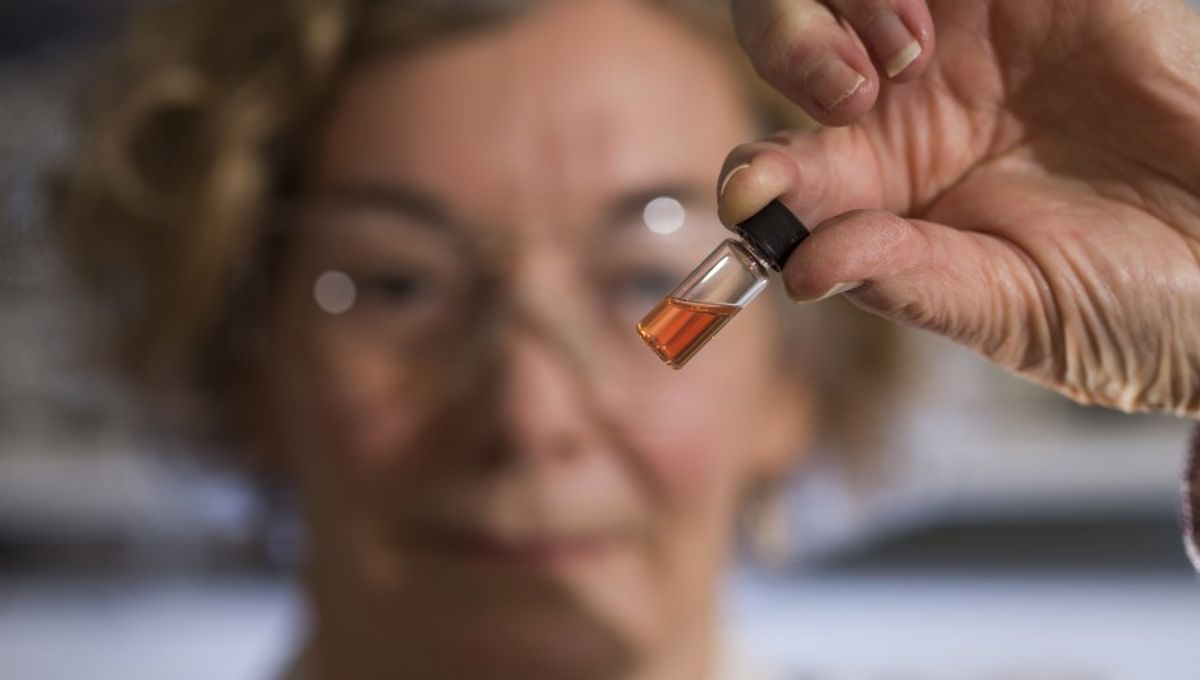
Long before black became the world’s most fashionable color, life on Earth was dressed in neon pink. Remnants of this distant rose-tinted era can still be seen in the fossilized remains of bacteria that lived in an ancient ocean 1.1 billion years ago, making them the oldest known biological pigments on the planet.
The discovery was made in 2018, when researchers analyzed rocks found in a marine shale deposit hundreds of meters below the surface of the Taoudeni Basin in Mauritania. Amazingly, the researchers were able to extract molecular fossils of chlorophyll from the fossilized cyanobacteria within this primordial rock, surpassing the next oldest examples by around 600 million years.
Normally green in color, chlorophyll is the primary pigment found in photosynthesizing plants and algae, yet took on dark red and purple hues when extracted in concentrated form from the ancient microbes. After dilution, the pigment appeared bright pink, providing a glimpse of the tint that may have colored the early seas.
“The bright pink pigments are the molecular fossils of chlorophyll that were produced by ancient photosynthetic organisms inhabiting an ancient ocean that has long since vanished,” explained study author Dr Nur Gueneli in a statement.
In addition to resurrecting the earliest known biological color, the researchers were also able to reconstruct the composition of photosynthetic life in the oceans of the mid-Proterozoic era, which lasted from around 1.8 billion to 800 million years ago. By analyzing the nitrogen isotopic values within the fossilized pigment, they determined that these ancient seas were dominated by tiny cyanobacteria, while larger planktonic algae were virtually absent.
Such a finding helps to explain why complex animals had not yet evolved at this time, suggesting that the kinds of photosynthesizing microbes that existed at the time simply weren’t big enough to sustain highly developed life forms.
“The precise analysis of the ancient pigments confirmed that tiny cyanobacteria dominated the base of the food chain in the oceans a billion years ago, which helps to explain why animals did not exist at the time,” Dr Gueneli said.
“Algae, although still microscopic, are a thousand times larger in volume than cyanobacteria, and are a much richer food source,” continued study author Dr Jochen Brocks.
“The cyanobacterial oceans started to vanish about 650 million years ago, when algae began to rapidly spread to provide the burst of energy needed for the evolution of complex ecosystems, where large animals, including humans, could thrive on Earth,” added Brocks.
The study is published in the Proceedings of the National Academy of Sciences.
Source Link: The Oldest Colored Molecules On Earth Are Bright Pink